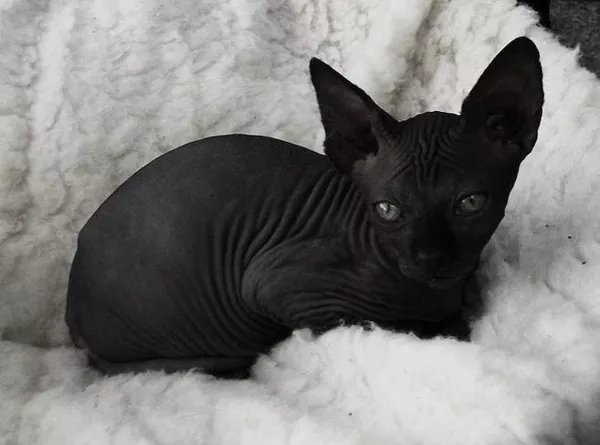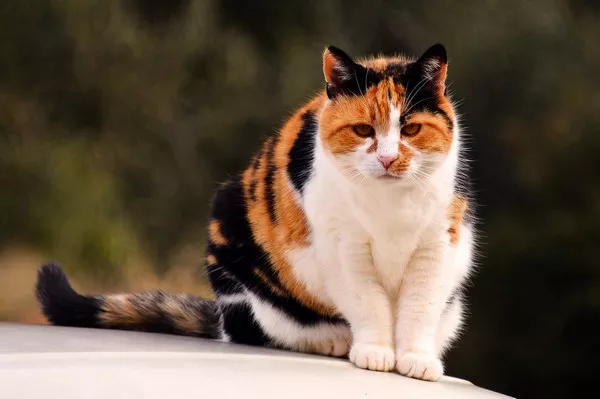Hairless cats, such as the Sphynx breed, are captivating and unique companions that have gained popularity in recent years. However, owning a hairless cat comes with certain responsibilities and costs that potential owners should be aware of. In this comprehensive article, we will explore the various factors that contribute to the cost of hairless cats, including breeders, health considerations, maintenance expenses, and the overall financial commitment involved in providing a loving and comfortable home for these extraordinary felines.
Factors Affecting the Cost of Hairless Cats
Rarity and Demand: The rarity and demand for hairless cats significantly impact their price. As hairless breeds continue to gain popularity, the cost may increase due to limited availability and high demand.
Breeder Reputation and Quality: Reputable breeders who prioritize responsible breeding practices, genetic health testing, and socialization often charge higher prices for their hairless kittens.
Pedigree and Bloodlines: Hairless cats with exceptional pedigrees or desirable bloodlines may command higher prices, reflecting the quality and lineage of the breed.
Show-Quality or Pet-Quality: Show-quality hairless cats, which adhere closely to breed standards, tend to be more expensive than pet-quality cats that have minor deviations from the ideal breed standard.
Initial Expenses of Owning a Hairless Cat
Purchase Price: The purchase price of a hairless cat can range from a few hundred dollars to several thousand dollars, depending on various factors mentioned above.
Health Examinations and Vaccinations: Prior to bringing your new hairless cat home, it is essential to ensure they receive thorough health examinations and necessary vaccinations from a trusted veterinarian. These initial veterinary expenses should be factored into the overall cost.
Microchipping and Registration: Microchipping and registering your hairless cat is a crucial step in responsible ownership. The cost of microchipping and registration may vary, but it is a one-time investment to ensure your cat’s identification and safety.
Ongoing Maintenance Expenses
Diet and Nutrition: Hairless cats require a high-quality diet that meets their specific nutritional needs. Opting for premium cat food brands, providing supplements (if recommended by a veterinarian), and considering any dietary restrictions or preferences can contribute to ongoing expenses.
Grooming and Skin Care: Despite their lack of fur, hairless cats require regular grooming and skin care to maintain optimal skin health. This includes bathing with gentle, cat-friendly shampoos, applying moisturizers or oils as recommended, and keeping their skin protected from the sun. Budgeting for grooming products and potential vet visits related to skin issues is important.
Regular Veterinary Checkups: Routine veterinary checkups and preventive care, including vaccinations, deworming, and flea/tick control, are integral to maintaining your hairless cat’s overall health. These recurring expenses should be considered in your budget.
Litter and Supplies: Like any other cat, hairless cats require litter boxes, litter, scratching posts, toys, and other supplies to keep them happy and entertained. These ongoing expenses should not be overlooked.
Unexpected and Emergency Costs
Veterinary Emergencies: Just like any other pet, hairless cats can experience unexpected health issues or emergencies that require immediate veterinary attention. It is essential to have financial plans in place to address these unforeseen circumstances.
Pet Insurance: Considering pet insurance can help alleviate some of the financial burdens associated with unexpected veterinary expenses. Research different insurance providers, policies, and coverage options to find the best fit for your hairless cat.
Additional Services: Other expenses to consider may include boarding or pet sitting services, grooming salon visits (if professional grooming is required), and behavioral training if needed.
Responsible Ownership and Long-Term Commitment
Spaying/Neutering: Responsible ownership involves spaying or neutering your hairless cat to prevent unwanted litters and potential health issues. The cost of the procedure should be included in your budget.
Training and Socialization: Investing time and resources into training and socializing your hairless cat is crucial for their overall well-being. Consider enrolling them in obedience classes or working with a professional trainer if necessary.
Environmental Enrichment: Providing a stimulating environment filled with interactive toys, scratching posts, and comfortable resting areas is vital for the mental and physical health of your hairless cat. Budgeting for these enrichments is important.
Longevity and Aging: Hairless cats, like other breeds, can live long lives. As they age, they may require additional veterinary care, specialized diets, supplements, and accommodations to ensure their comfort.

























